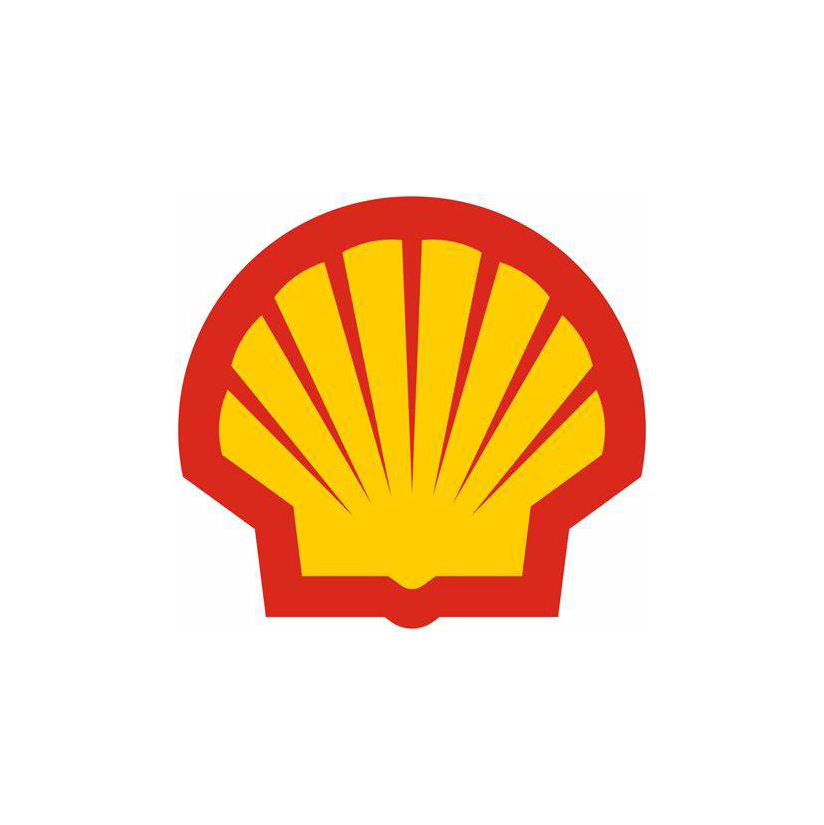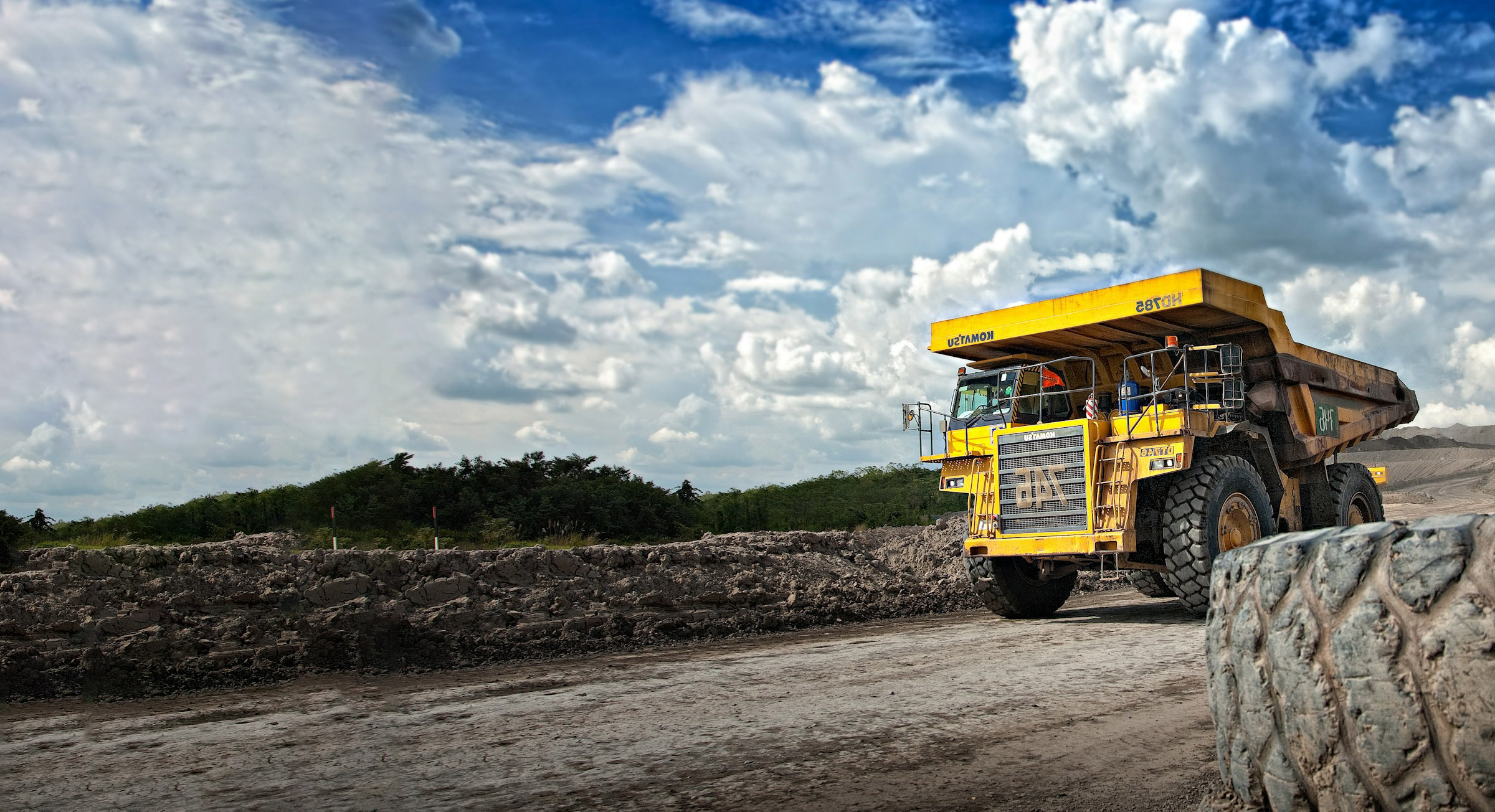You’ll need to select the right tagging and scanning technology for asset tracking, verification, and asset auditing to set yourself up for success. The right mix of technology will enable mass audits, rapid issues and return of assets, and maintenance of a complete, accurate audit trail for the life of your assets.
Hardcat software is the backbone of your Barcode and RFID tagging solution, providing secure and centralised access to pertinent information about each asset. Hardcat’s specialist partners complement our software with physical tag and reader technology that enable accurate and efficient reading of each asset’s unique identification, up-close or at a distance. Hardcat supports the use of a variety of Barcode symbology and RFID technologies.












